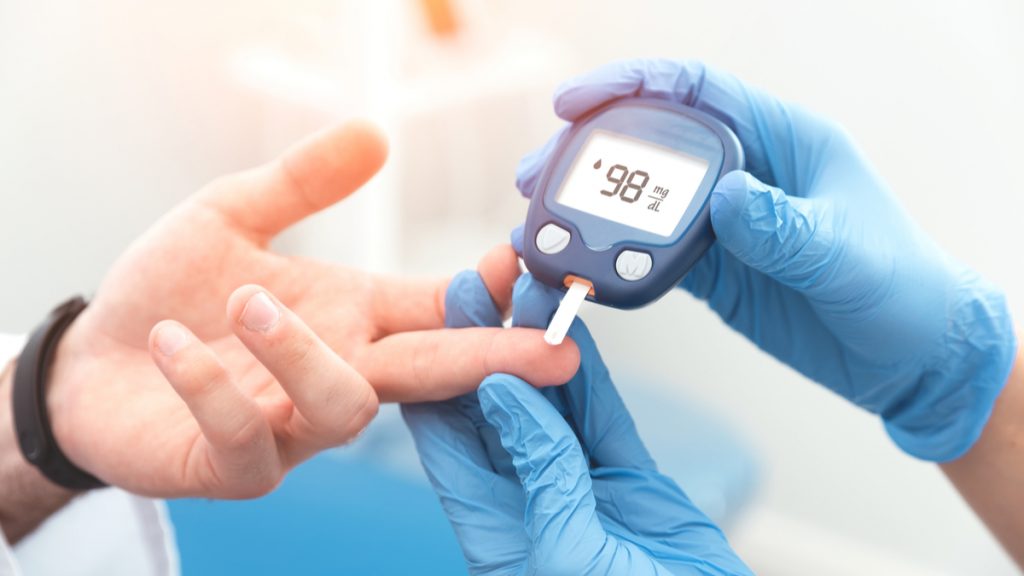
For people who have regular medical follow-up, it is quite possible to identify if a person is likely to become diabetic. He was then diagnosed with prediabetes. New research has shown that there are several types of prediabetes and this information is very important to assess the course of the disease in the affected patient.
A discovery that will provide a better understanding of the treatment and prevention of diabetes
A team of German researchers from the Deutsches Zentrum für Diabetesforschung (DZD) – the German diabetes research center – has identified six subtypes of prediabetes. Based on a 25-year longitudinal study, researchers found that prediabetes does not always present in the same way, thus making it possible to identify more precisely the patients most likely to develop diabetes. This discovery will also allow clinicians to improve therapies and preventive approaches for patients with the disease.
” One of the goals of the DZD is to develop precise preventive and therapeutic measures, i.e. the right prevention or treatment for the right group of people at the right time. », Explained Professor Martin Hrabe de Angelis, Executive Director of DZD, in a statement. It is important to know that type 2 diabetes usually develops slowly. As blood sugar levels rise, doctors can diagnose patients with prediabetes this way. A patient is then said to be prediabetic when his blood sugar is systematically higher than normal, but not high enough to be considered as type 2 diabetes.
Most importantly, not all people with prediabetes necessarily develop type 2 diabetes. For some, these high blood sugar levels can be relatively harmless and symptomless. But for others, prediabetes can be an early sign of serious illness. To arrive at these conclusions, the researchers carried out a regular follow-up on 900 individuals. Among the follow-ups carried out in volunteers, we can cite the evaluation of their glycemia, their blood lipid level, the distribution of body fat, genetic risk and liver fat. This preliminary analysis was confirmed by a second follow-up carried out on 7,000 volunteers in the United Kingdom.

Risks that vary according to metabolic, hepatic and genetic parameters
So, with this new discovery, researchers have found a way to find out which patients are actually more likely to develop diabetes. According to the new study published in the journal Nature Medicine, these six types of prediabetes differ in metabolic parameters, liver fat, and genetics. Scientists have found that those in subtypes 1, 2 and 4 have a low risk of diabetes. Those belonging to groups 1 and 2 are not or barely overweight, their blood sugar and insulin release then functioning normally. For sub-type 4 prediabetics, patients are overweight, but their metabolism is still relatively healthy.
The risk of diabetes and secondary diseases is higher for subtypes 3 and 5. Members of subtype 3 have insufficient insulin production, are overweight and genetically predisposed to disease. Prediabetics of subtype 5 also have a genetic predisposition to the disease, pronounced fatty liver disease, and their bodies are already resistant to the hypoglycemic effects of insulin. Those in group 6 are most likely to be diabetic. These are especially people who are overweight and have a lot of fat in the abdomen and kidneys. As early as the prediabetes stage, they already suffer from kidney damage and the insulin sensitivity of the cells is considerably reduced.

